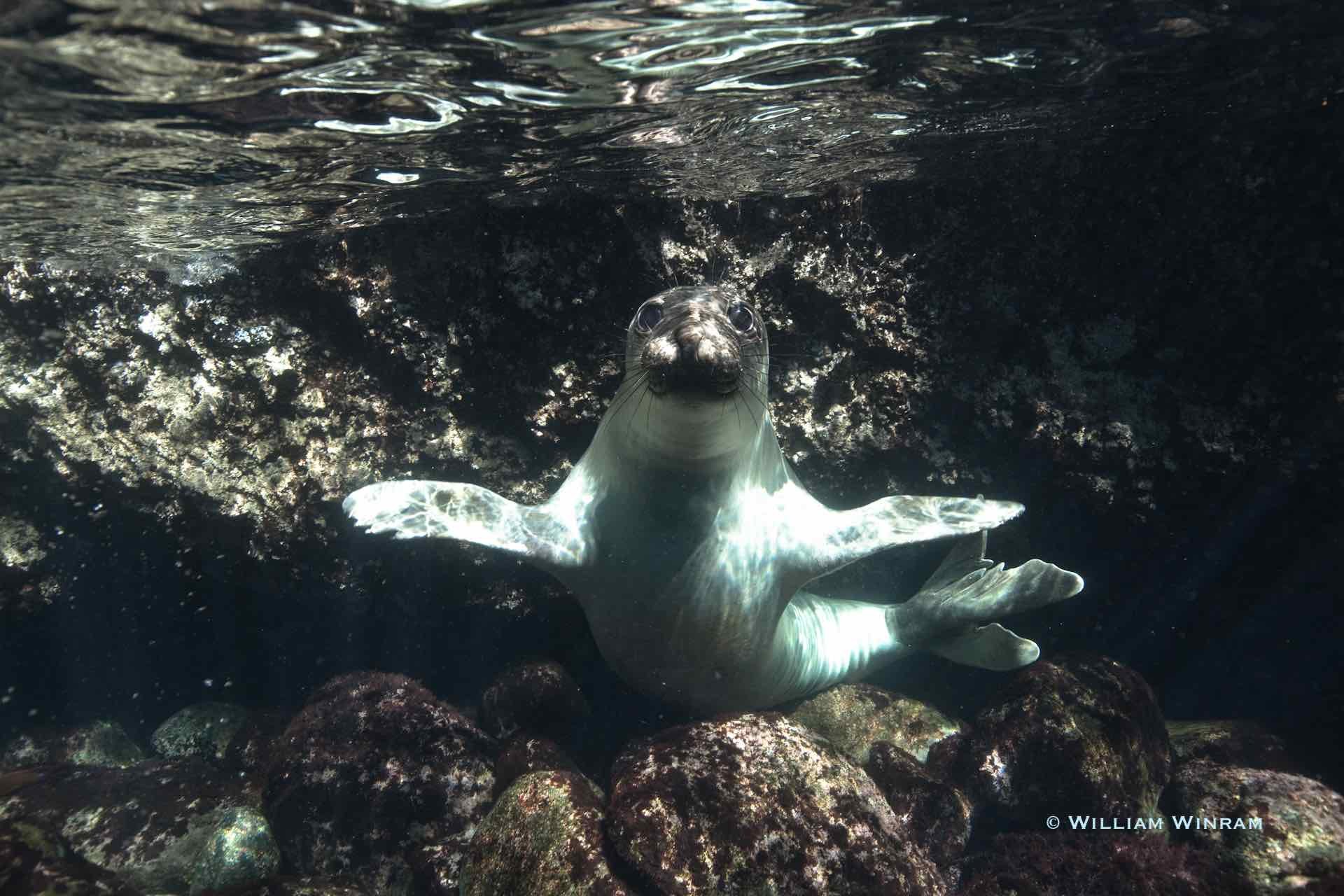Use of DDTs and PCBs as chemical tracers in assessing the foraging locations and habits of northern elephant seals
Photo credit: © William Winram
Use of DDTs and PCBs as chemical tracers in assessing the foraging locations and habits of northern elephant seals from Guadalupe Island (Mexico)
Gádor Muntaner-López | Rogelio González-Armas | Felipe Galván-Magaña | Christopher G. Lowe | Fernando R. Elorriaga-Verplancken | Varenka Lorenzi | Hector Villalobos | Edgar Mauricio Hoyos-Padilla
Marine Mammal Science (2023; 1-15)
DOI: https://doi.org/10.1111/mms.13004
Abstract
Organochlorine contaminants (OCs) accumulate in top predators, reaching high levels associated with negative physiological effects. Measuring OCs is key for assessing the accumulation of their loads and evaluating the efficiency of contaminant regulations. Some OCs generate specific signatures in certain areas, which allow us to track potential movements and feeding habits of species. Thirty-five blubber biopsies were taken from northern elephant seals (NES) during fall at Guadalupe Island (GI), Mexico, an important site for hauling-out, molting, and breeding. Biopsies were analyzed for dichlorodiphenyltrichloroethane and its metabolites (tDDTs), hexachlorobenzene, chlordanes, and total PCB congeners (tPCBs). tDDTs were higher in adults than in juveniles, suggesting age class-based bioaccumulation, related to time and differences in foraging and habitat use between age groups. Females had higher variability of OCs than males, attributed to multiple causes, including variation in the use of foraging grounds and niche segregation. The DDT:PCB ratios were the highest, showing similarity with the Palos Verdes (California) contaminant signature, suggesting the use of similar feeding areas in relation to juvenile NES from Southern California. Our baseline of OC levels for NES at GI, allows future monitoring of changes in legacy contaminants over time, and the evaluation of the efficiency of their regulations.
Keywords: Contaminants, DDT, Guadalupe Island, northern elephant seal, Pacific Ocean, PCB, persistent organic pollutant

